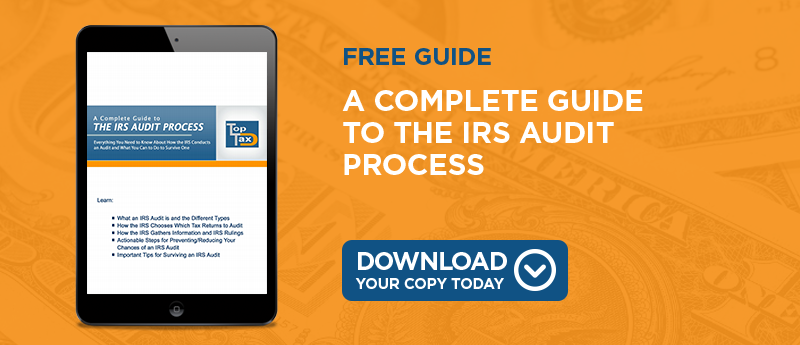
Do you own and operate your own business? Did you have income left over after you subtract your operating expenses and tax deductions? If so, you will have to pay self-employment taxes to the IRS along with your federal tax return. While self-employment taxes represent a significant portion of the government's annual revenue, they also serve a beneficial purpose for the entrepreneurs who pay them. What are these taxes? How does the IRS decide how much you owe? How do you go about paying self-employment taxes?
What are Self-Employment Taxes?
Self-employment taxes are actually the same taxes you would have withheld from your pay if you were an employee for another company. Workers have Social Security and Medicare taxes withheld from their regular paychecks each pay period. Employers typically match these payments and submit both parts to the IRS each quarter. These taxes are the workers' share of Social Security and Medicare benefits that they will eventually draw from as they get older.
When you're self-employed, however, you are responsible for paying both parts of these taxes. This means that your tax will be double the amount that you would normally have withheld from your wages or salary.
How are Self-Employment Taxes Calculated?
The IRS uses a fixed percentage for self-employment taxes. The self-employment tax rate is 13.3 percent of net income. This means that if you reported a net income of $10,000, your self-employment tax would be $1330, or 13.3 percent of $10,000. When you prepare your own tax return, you use Schedule SE "Self Employment Tax" to calculate your exact dollar amount.
How to Pay Self Employment Taxes to the IRS
Now that you've calculated your self-employment tax amount, how do you pay it to the IRS? You'll complete Form 1040, along with Schedule C "Profit or Loss From Business" and Schedule SE. To remit your total payment, complete Form 1040-V (a payment voucher) and include a check or money order for your total tax along with your return.
You can also make estimated tax payments during the year to divide up your prospective tax bill into smaller amounts. If you decide to make estimated tax payments, you'll send in one-fourth of your estimated tax liability each quarter.
Self-employment taxes can be a bit of a hassle for business owners, but it is essential to learn how to pay them in a timely manner. When you care for your self-employment taxes, you can rest assured knowing that you're in full compliance with the IRS.




